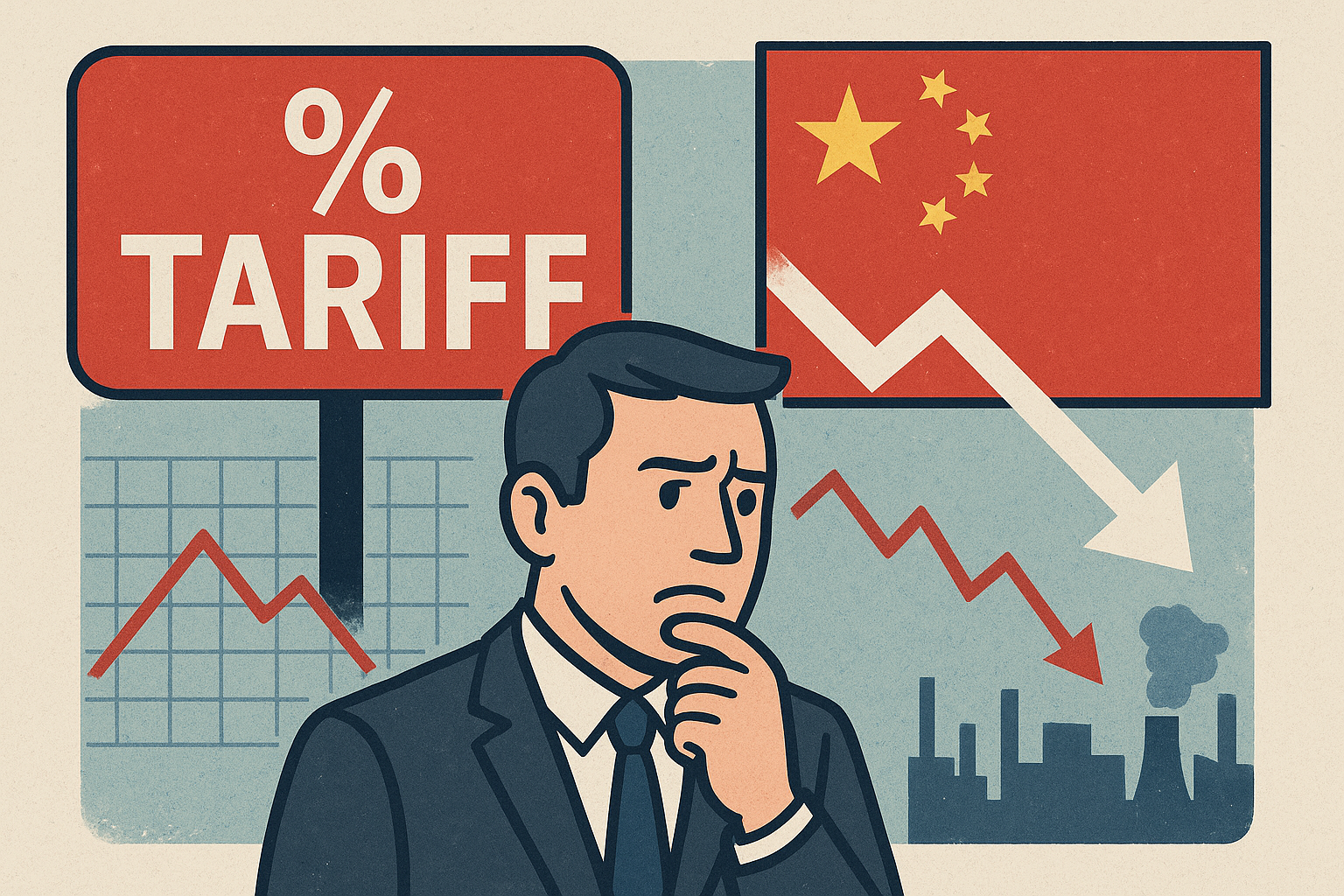Markets entered the week on edge after President Donald Trump reignited trade tensions with a renewed threat of 100% tariffs on Chinese imports, only to soften his tone over the weekend amid market jitters. According to reports from the Financial Times and Reuters, administration officials privately reassured business leaders that any implementation would be gradual and “targeted.” But beneath the political posturing lies an economic reality with far-reaching implications: U.S. firms are footing the bill.
New data from the U.S. International Trade Commission and independent analysts confirm that recent tariff rounds have not been absorbed by foreign exporters, as often claimed, but instead by American importers and consumers through higher input costs and compressed profit margins. This creates a complex policy environment where inflation, corporate earnings, and investor sentiment are increasingly tethered to trade rhetoric rather than fundamentals.
A Familiar Battle, Renewed Uncertainty
The renewed tariff threat comes at a delicate moment for markets already balancing rate-cut expectations with inflation persistence. Trump’s earlier comments about “rebalancing unfair trade” triggered an immediate selloff in industrials, semiconductors, and auto manufacturers—sectors heavily exposed to Chinese imports and global supply chains.
By Friday, the S&P 500 Industrials Index had fallen 1.8%, while chipmakers such as Nvidia and Intel dipped as investors priced in potential disruptions to component sourcing. Over the weekend, however, reports surfaced suggesting that the administration might limit tariffs to specific categories, easing fears of a full-blown escalation.
Still, the episode has rekindled debate over whether tariffs are a viable tool for reshoring U.S. manufacturing—or a self-imposed drag on corporate margins.
“Tariffs are effectively a tax on domestic firms importing materials or components,” said Lydia Boussour, senior economist at EY-Parthenon, in comments to Reuters. “The evidence from previous rounds shows minimal price absorption by foreign suppliers—costs mostly hit U.S. balance sheets.”
Why This Matters for Investors
For investors, the implications are twofold. First, tariffs translate directly into input-cost inflation, particularly in sectors reliant on imported machinery, chips, and raw materials. That erosion of profitability could be most visible in industrial conglomerates, automotive manufacturers, and electronics firms—many of which are still recovering from supply chain disruptions of the early 2020s.
Second, renewed trade friction could influence Federal Reserve policy and Treasury yields, as cost pressures complicate the inflation outlook. A sustained tariff cycle could slow disinflation progress and prompt policymakers to delay or reduce rate cuts, which would affect equity valuations and credit-sensitive sectors.
The latest data from the Federal Reserve Bank of San Francisco found that the 2018–2020 tariff rounds increased producer prices in affected industries by nearly 2.5%, while doing little to shift trade balances. If history repeats, investors should expect margin compression without meaningful domestic manufacturing gains—a scenario that typically benefits defensive and service-oriented sectors over goods producers.
Political and Policy Dynamics
Behind the scenes, the trade narrative remains deeply political. Analysts suggest Trump’s tariff push serves dual objectives: satisfying populist constituencies and signaling toughness ahead of negotiations with Beijing.
However, senior administration officials are reportedly divided over the scale and scope of new measures. The Commerce Department is said to favor a “calibrated” approach, focusing on high-tech goods like semiconductors, electric vehicle components, and AI hardware. Meanwhile, the Treasury Department warns of spillover effects that could reignite inflation and hurt U.S. exporters if China retaliates.
For markets, this tug-of-war introduces a new kind of volatility—policy unpredictability—where official rhetoric can move markets as much as earnings reports or economic data.
Future Trends to Watch
- Sectoral Exposure – Semiconductor, automotive, and heavy machinery stocks are most at risk from renewed tariffs. Monitor corporate earnings for margin impact.
- Political Posturing – Track speeches, campaign statements, and policy drafts from the Commerce and Treasury departments for early clues on tariff calibration.
- Inflation and Rates – Persistent tariff-driven cost inflation could pressure the Fed to maintain tighter policy for longer, affecting bond yields and growth stocks.
- China’s Response – Watch for any countermeasures from Beijing, particularly in critical minerals, rare earth exports, or supply-chain logistics.
Key Investment Insight
Investors should treat tariff risk as a latent macro variable—one capable of shifting sector performance and monetary expectations within weeks. While policymakers may ultimately pull back from the most extreme measures, the probability of episodic escalation remains high, particularly heading into an election cycle.
Portfolio positioning should therefore emphasize optionality and resilience. Consider maintaining exposure to U.S. industrials with domestic supply chains, while hedging global risk through commodities, defensive equities, and selective currency plays. Companies with diversified manufacturing bases—especially in Mexico or Southeast Asia—could emerge as relative winners if tariffs persist.
As global trade once again becomes a political battlefield, investors would do well to look beyond short-term rhetoric and focus on structural positioning. Tariffs may prove temporary—but their ripple effects across earnings, inflation, and policy expectations could shape markets for years to come.
Stay with MoneyNews.Today for in-depth market analysis and timely insights on the forces reshaping global investment trends.





